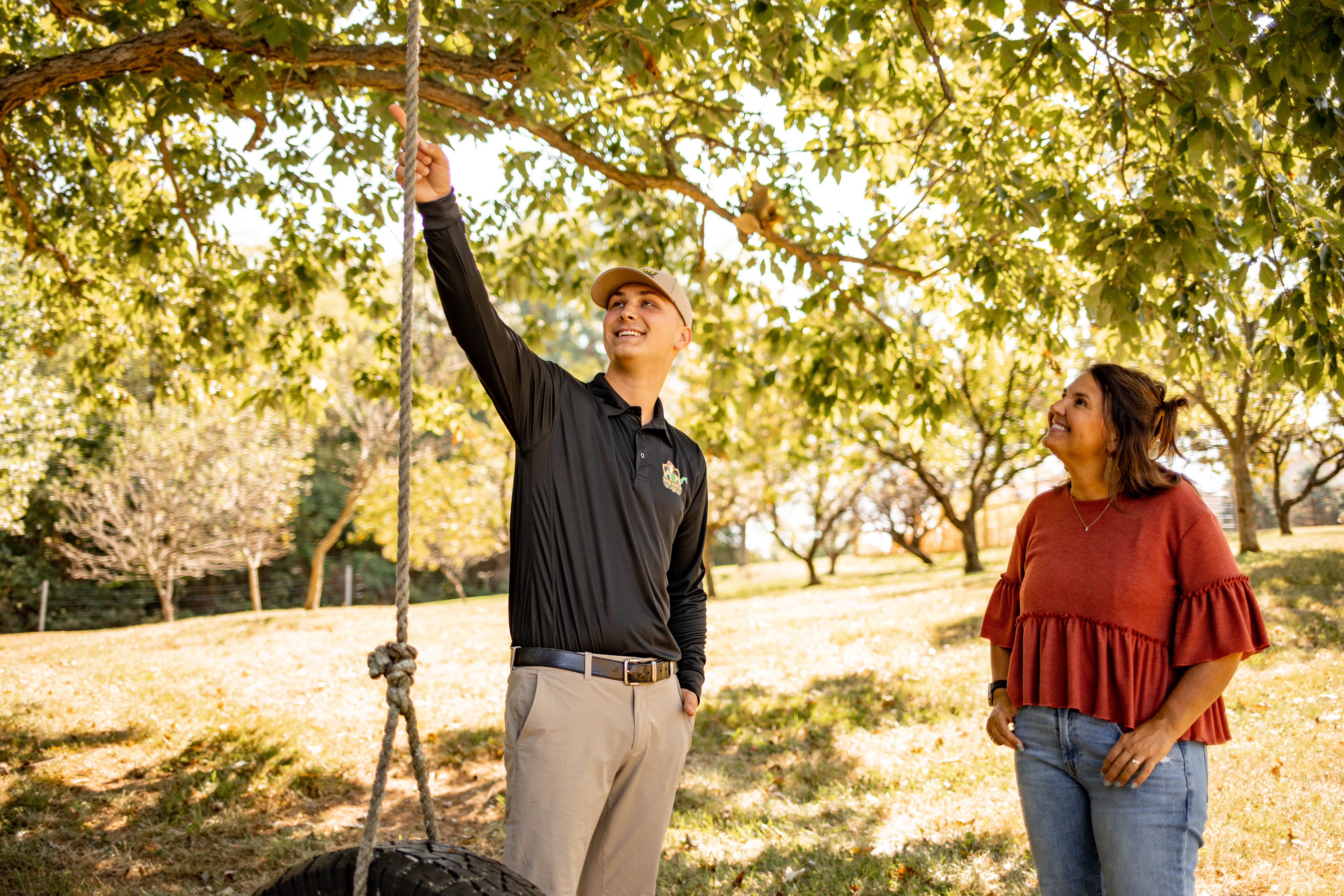Your Cart

Mosquito Control Safety

Who decides which products can be used by Mosquito Hero?
In Canada, the use of pesticides is regulated primarily by the Pest Management Regulatory Agency (PMRA), a branch of Health Canada. PMRA is responsible for evaluating and approving pesticides before they can be used or sold in Canada, ensuring that they meet safety standards for human health, the environment, and non-target organisms. Health Canada oversees the regulatory framework for pesticides through the Pest Control Products Act (PCPA), which mandates the registration, assessment, and re-evaluation of pesticides. Under the PCPA, Health Canada, via the PMRA, examines scientific data on pesticide efficacy and risk to determine appropriate use, labeling, and restrictions, aiming to protect the public, workers, and the environment.
The PMRA also collaborates with provincial and territorial governments, which may enforce additional restrictions on pesticide use and provide region-specific guidance and monitoring. This multi-level oversight helps ensure pesticides are used safely and only in ways that minimize potential risks.
How do registered products work on insects?
The active ingredient in mosquito control sprays is a type of insecticide called pyrethroids. Pyrethroids are man-made versions of pyrethrins, which are natural insecticides from certain flowers. They are widely used in pest control to fight insects like termites, bed bugs, stinging pests, cockroaches, mosquitoes, and ticks. Pyrethroids play an important role in keeping our food safe and protecting public health, as well as helping to prevent diseases like West Nile virus, which mosquitoes can spread. Pyrethroids work by killing adult mosquitoes on contact. They interfere with the mosquito's nervous system, causing paralysis and eventually death. They also discourage mosquitoes from coming back to the area for up to 30 days.
These insecticides are commonly used in household products like bug sprays, pet treatments, and even lice shampoos. Some forms of pyrethroids are Health Canada approved for use directly on clothing as mosquito repellents or even as a treatment for head lice in both kids and adults, using the same safe amounts that are applied for mosquito control.
What effect do pyrethroids have on the environment?
In soil, pyrethroids tend to bind to particles and do not easily leach into groundwater. They break down slowly in water but degrade faster when exposed to sunlight and air, meaning their presence in the environment is often short-lived. Spraying pyrethroids can impact the environment, especially aquatic ecosystems. Pyrethroids are generally very low risk for humans and pets when used correctly, but they can be toxic to fish and other aquatic life, so it’s important to apply them carefully, away from streams, ponds, or any water sources.
To minimize environmental impacts, applicators follow strict guidelines, using the lowest effective amounts and targeting areas with high mosquito activity. Proper, controlled use of pyrethroids helps to limit their ecological footprint while still providing effective mosquito control. When used in either outdoor or indoor structural use patterns, pyrethroids also pose little to no health risks to applicators when used in accordance with label instructions.
We do ask to keep pets indoors during spraying and after for about 30 minutes, to reduce exposure. Pets that remain outdoors could be exposed to small amounts of pyrethroids but would not be expected to experience adverse health effects from spraying.
Mosquito Hero’s Best Practices Policy for Pollinators
Here at Mosquito Hero, we strive to be a friend to pollinators, and we’re so glad that you do too!  While there are many factors that contribute to the loss of bees and other pollinators–including parasites, diet and nutrition, lack of genetic diversity, habitat loss, beekeeping management practices, weather, and viruses–we understand that pesticide use has been a focal point of concerns regarding pollinator decline. Rest assured that we are vitally interested in ensuring the health of pollinators and reducing any environmental impacts from our services. Out of an abundance of caution for the health of domestic or native bees and other pollinators, Mosquito Hero has a pollinator policy in place to guide our decision-making with regards to our products and how we use them.
While there are many factors that contribute to the loss of bees and other pollinators–including parasites, diet and nutrition, lack of genetic diversity, habitat loss, beekeeping management practices, weather, and viruses–we understand that pesticide use has been a focal point of concerns regarding pollinator decline. Rest assured that we are vitally interested in ensuring the health of pollinators and reducing any environmental impacts from our services. Out of an abundance of caution for the health of domestic or native bees and other pollinators, Mosquito Hero has a pollinator policy in place to guide our decision-making with regards to our products and how we use them.
Mosquito Hero has a Best Practices Policy for pollinators in place to ensure pollinators are not harmed when completing an application to a customer’s property. Before the application, a Mosquito Hero technician will perform an inspection of the property to locate flowering plants that are attractive to pollinators. We do not make applications to the flowers or foliage of blooming plants, including weeds (unless specifically allowed by the label instructions). Technicians will monitor environmental conditions before, during, and after treatment to keep insecticides where they are intended to be applied.
If you have any further questions about Mosquito Hero or mosquito control, please feel free to contact your local Mosquito Hero professional!
 English (CANADA)
English (CANADA) English (USA)
English (USA)